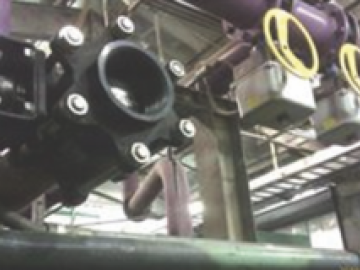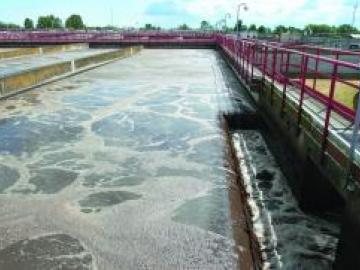Vacuum Cooling Reduces Waste in Postharvest Cold Chain Systems
During the summer season, vegetables tend to deteriorate quickly once harvested from the field—or during postharvest stage of the cold chain. In traditional cold chain systems, vegetables are put into a chilled cooler for preservation, a process that requires approximately 12 hours for the product to achieve proper temperature. In some instances, as much as 25 percent of food product in the chilled cooler will decay before arriving at a proper storage area. Fortunately, there is a process for improving the effectiveness of the postharvest stage—vacuum cooling.








